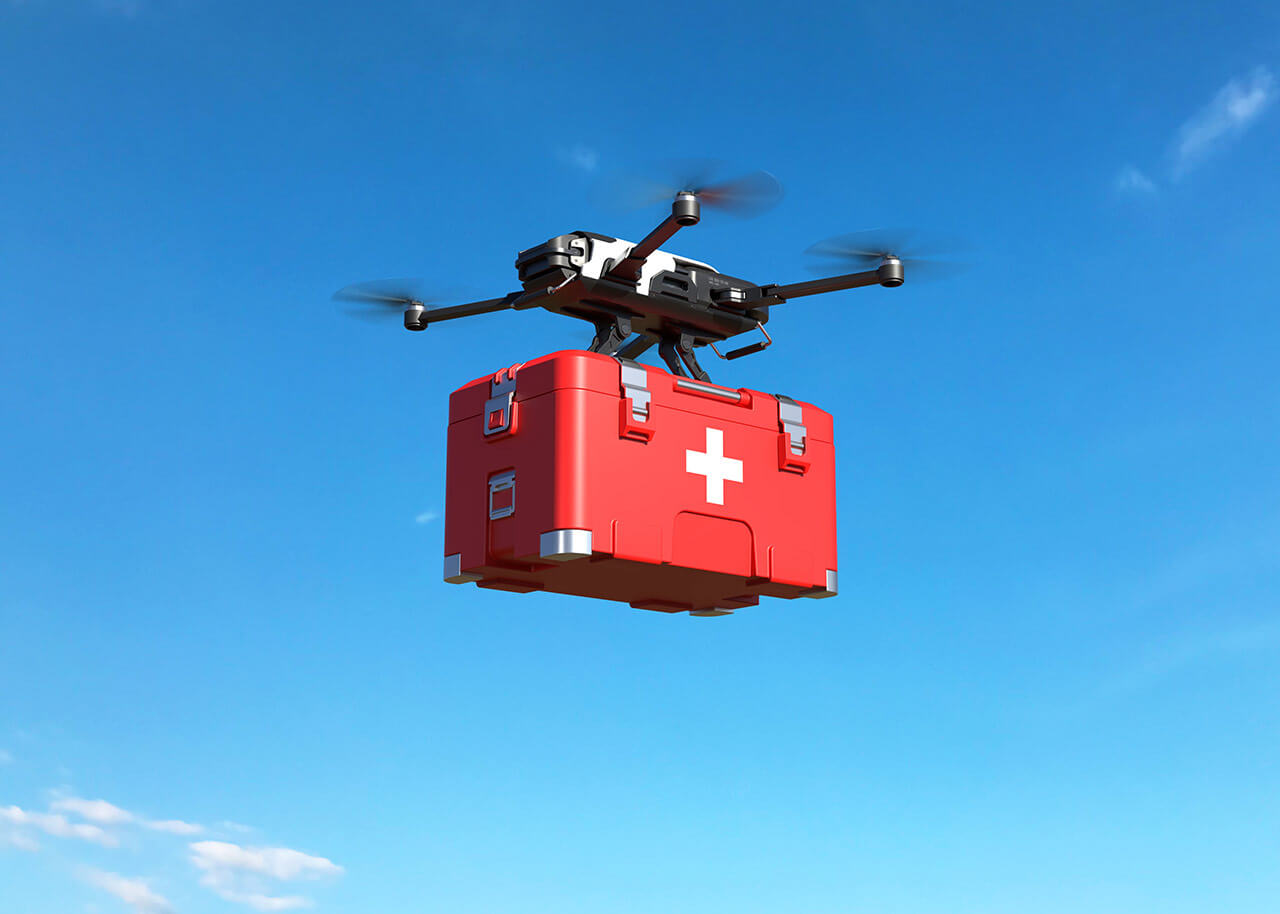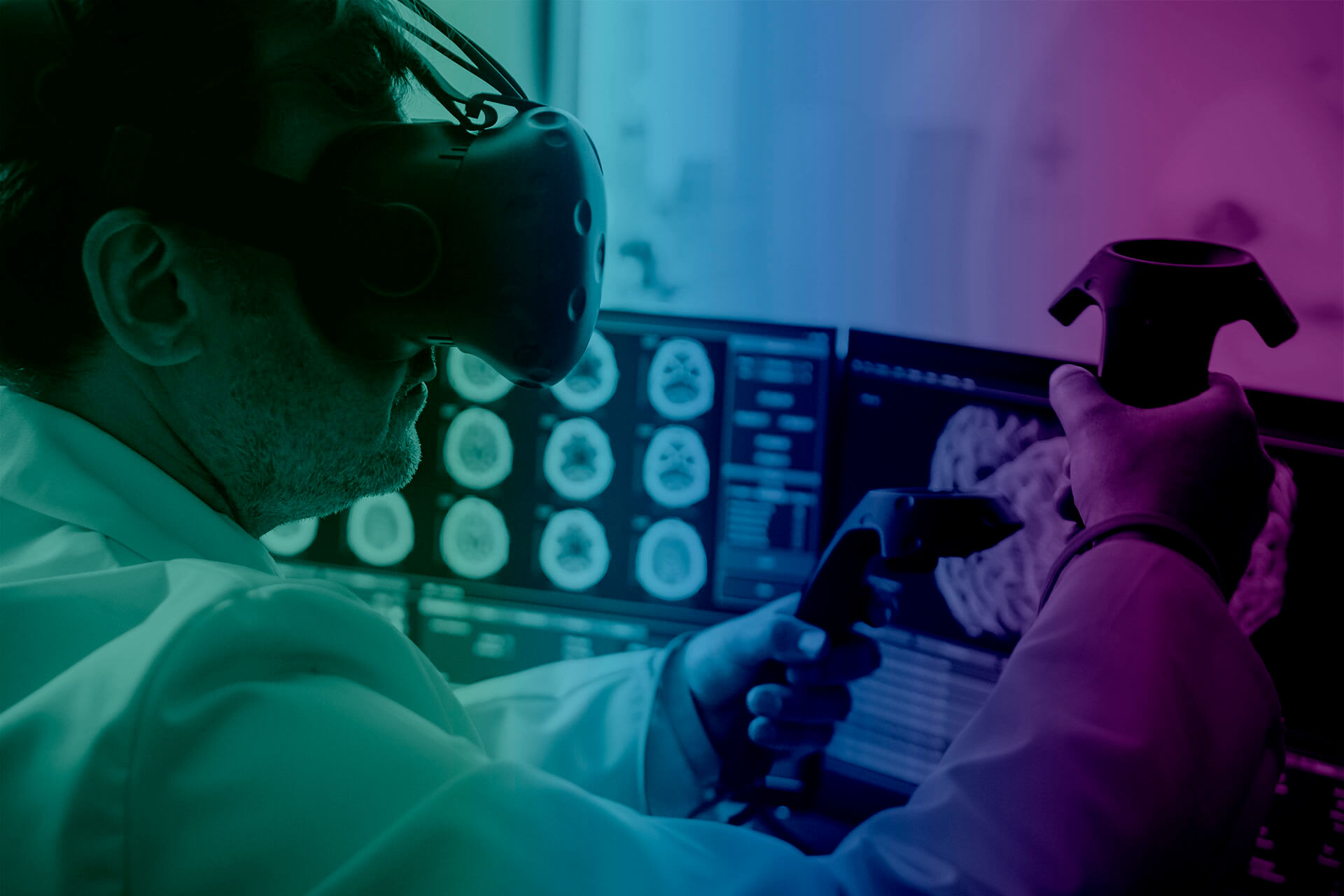Although it is true that the healthcare sector began its digital transformation years ago, since the end of the pandemic and in 2022 the implementation of new and innovative healthcare technologies is making the sector one of the most advanced in the world.
In ETKHO’s new post, we take a look at the main technological trends in healthcare, not just today, but for the short and medium term future. We can anticipate that sustainability, telemedicine, IoMT, robotics or drones are some of the protagonists. But there is much more.
Mobile devices and applications
Mobile devices designed to improve communication between nurses, doctors and patients bring multiple advantages, such as reducing stress for workers, improving patient care, reducing care and consultation times... At the same time, we are seeing more hospitals adopt mobile devices, 3D printers and handheld scanners built specifically with materials that withstand different cleaning agents.
Added to all this are contact-tracking apps, tools such as migration maps that allow real-time data collection on people’s location. And personalised mobile applications, the real channel for effective interaction between patients and doctors.
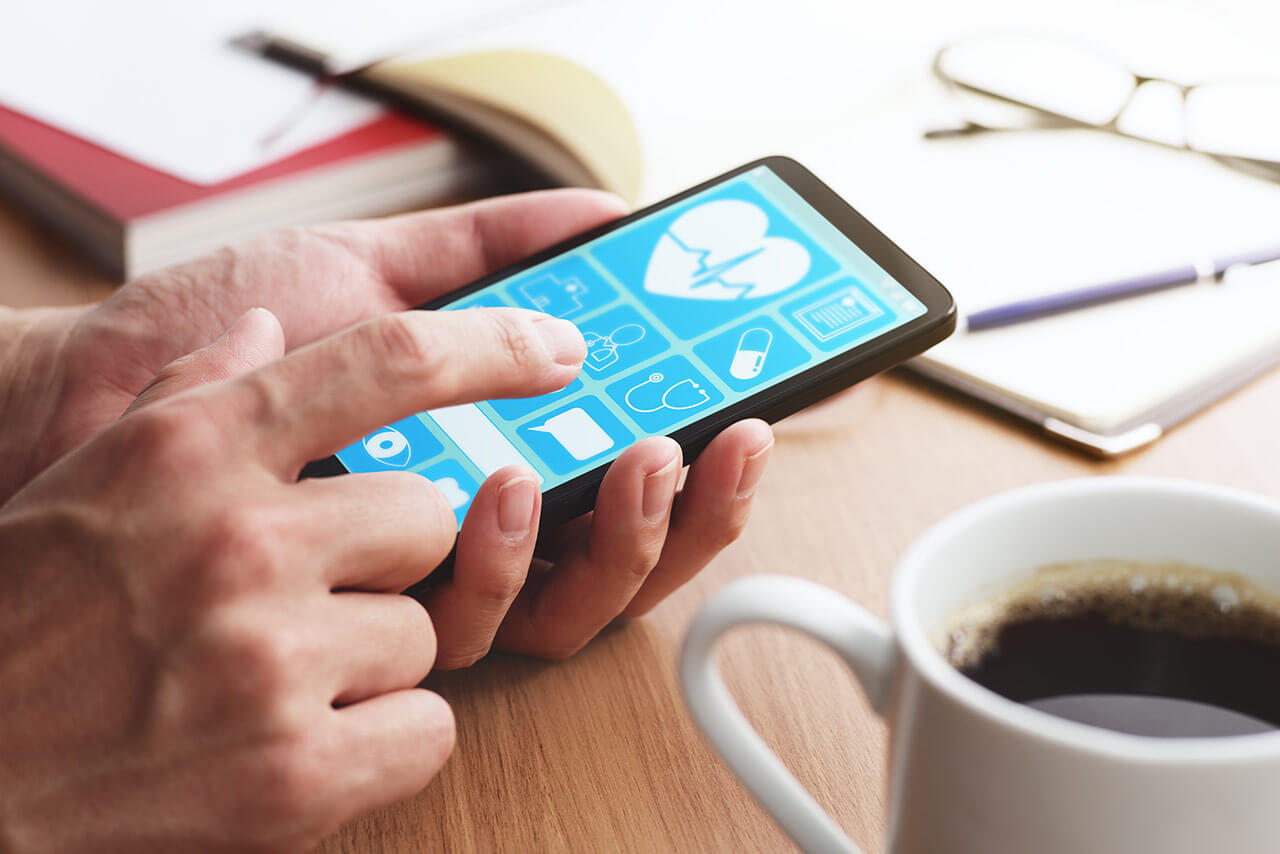
Technological sustainability
Increasing flexibility and circularity through service business models means running more efficient care delivery models, and in the process meeting an increasingly relevant global trend: reducing the carbon footprint. Also in hospitals. So we are talking about using innovative technology to decarbonise healthcare through energy efficiency and renewable energies, or helping healthcare consumers to make sustainable choices through eco-labelling.
It is no coincidence that if the healthcare sector were a country, it would be the fifth largest emitter of greenhouse gases in the world. At this point, the figure of the hospital engineer emerges to play a key role in deciding the location, energy management at all stages, the purchase of energy-efficient hospital equipment, etc. The aim is none other than to achieve zero emissions in the healthcare sector by 2050. How? For example, one of the most frequent measures is to improve the electrical installation and lighting by switching to LED lights.
“If the healthcare sector were a country, it would be the fifth largest emitter of greenhouse gases in the world.”
Automation and Artificial Intelligence
Freeing up patient care by automating routine tasks with AI is the order of the day. In practice, this means reducing the excessive amount of time spent by medical professionals on routine tasks that take their attention away from the patient.
The rise of AI in healthcare allows us to automate tasks and ease the burden on imaging technicians, thanks in part to AI-based automation in image-guided therapy. Here, doctors perform minimally invasive procedures on patients with heart disease or other conditions.
AI can help alleviate this workload by automatically recording the various steps of the procedure and reducing hours of care. In the process, it is crucial to integrate data to enable clinical collaboration and patient-centred care.
Integrated diagnostics is a rapidly evolving field. Organisations already have smart, connected systems that give them complete and actionable information about their patients by bringing together imaging, monitoring, laboratory, genomic and longitudinal data.
Finally, with these elements we can rely on predictive analytics to proactively manage care transitions.
“The rise of AI in healthcare allows us to automate tasks and ease the burden on imaging technicians, thanks in part to AI-based automation in image-guided therapy.”
Hospital equipment and robotics
Hospital robots are already major players in healthcare systems. They can handle multiple different scenarios, such as in care, care tasks, disinfection, delivery of medicines and food, monitoring vital signs or operations. And we add, within this cutting-edge technology, improvements and innovations in state-of-the-art hospital equipment to take hospitals to a new level.
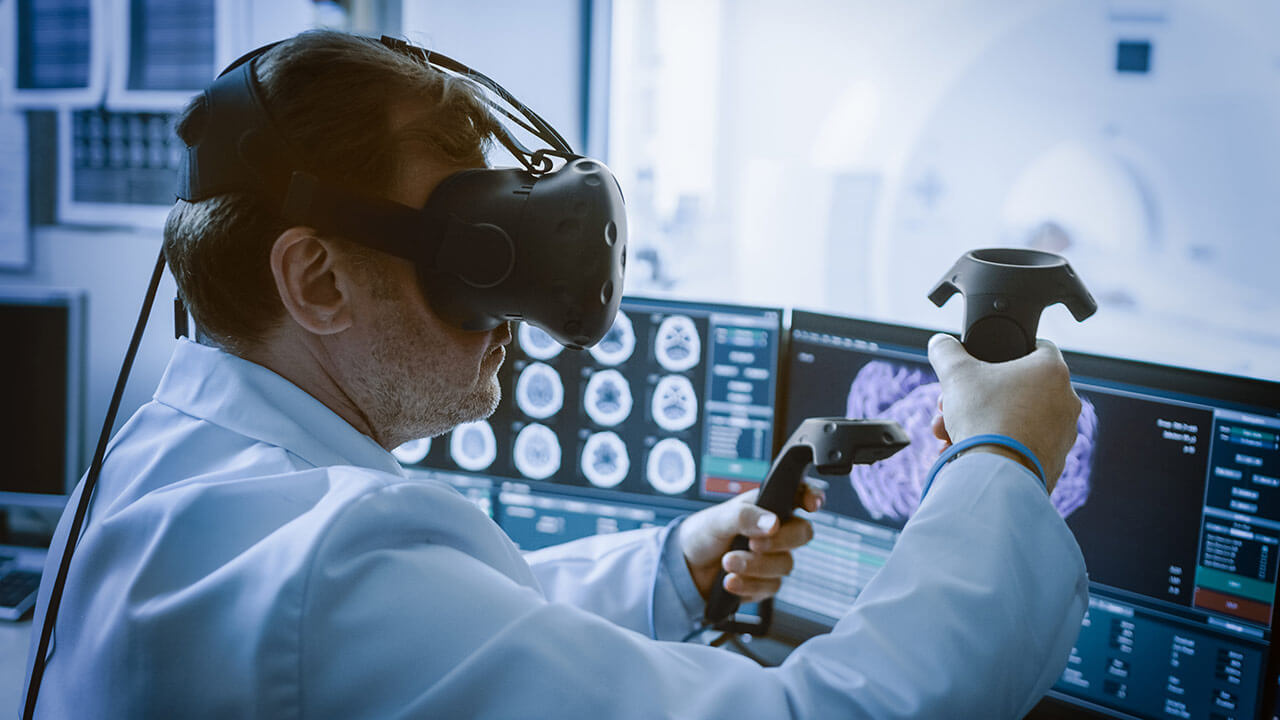
Telemedicine & IoMT in full swing
At the beginning of 2022, we talked about remote healthcare as a key trend for this year. And so it is.
The creation of “virtual doctors”, the interrelation and remote communication with our doctors and nurses, online consultations, and in short, health on demand, is something that is here to stay.
With this model, which is based on access to online chat platforms available 24/7 (via AI-powered chatbots) and medical video-consultations, patients may not need to go to a doctor’s office to start a treatment, not go to the emergency room or carry out a medical check-up from home.
This is all part of the Internet of Medical Things (IoMT), i.e. the increase in the number of connected medical devices that can generate, collect, analyse and transmit data. The data and the devices themselves create a connected infrastructure of medical devices, software applications and healthcare systems and services.
At the same time, Big Data, the demand for big data to make decisions, to track patients, and for example to track the spread of a pandemic using maps, is another trend that is already transforming the industry by leaps and bounds.
The connected hospital of the future: Digital Twin and the Internet of Things
Anticipating potential damage to healthcare infrastructures will be possible and tangible thanks to virtual replication technology.
The interconnection between networks, the implementation of new technologies, will be fundamental in healthcare infrastructures. It is clear to everyone that hospitals are in need of a major overhaul. Yes, but this refurbishment must be accompanied by a continuous flow of data.
María Jesús Rosado, a civil engineer at the Polytechnic University of Madrid, says that “the national health network should be connected“. An absolute change that involves introducing some tools such as:
- Digital Twin (digital twins): To virtually create infrastructures and buildings with which to anticipate events.
- Supervisory Control and Data Acquisition (SCADA) software: Used to monitor industrial processes remotely.
In all of this, the Internet of Things (IoT) will be key as a fast and agile network of devices such as sensors and embedded software that can connect to each other and share data. This is also vital for reducing energy consumption or managing traffic.
Finally, Rosado points out that these changes are under the framework of the “fifth industrial revolution”. In this version, the focus is on sustainability or energy consumption.
“The interconnection between networks, the implementation of new technologies, will be fundamental in healthcare infrastructures.”
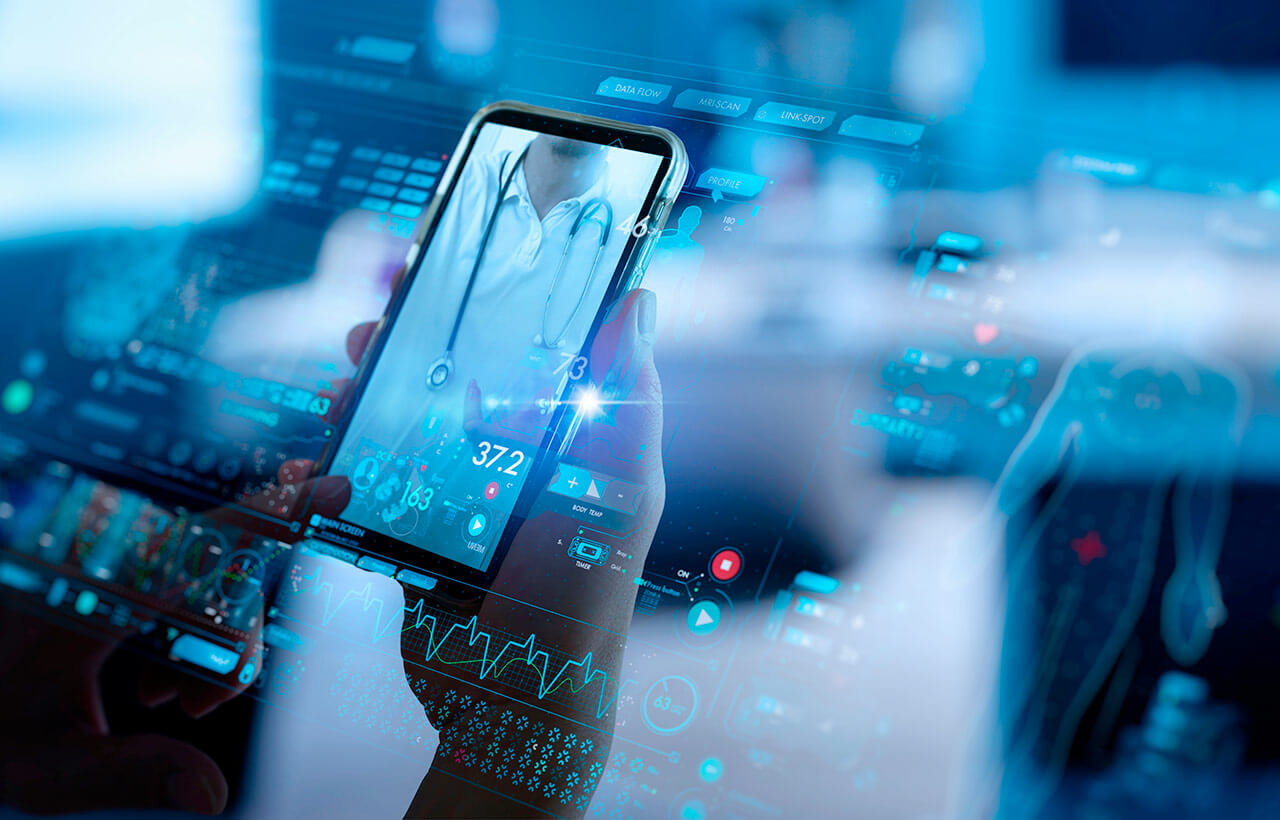
Drones to transplant organs
Another prediction about key changes in technological development in the coming years is that of drones for organ transport. No, this is not science fiction. It is a hot topic in hospital engineering, with applications awaiting greater autonomy and a long-distance remote control system.
According to Pedro Oñorbe, member of the Board of Directors of the Spanish Association of Hospital Engineering (AEIH), another handicap is the limitations of the batteries, which can only remain in the air for 12 to 15 minutes. This short autonomy is the main handicap, he told Redacción Médica.
However, Oñorbe also assures that in two or three years they may be able to fly for an hour and that “you can send them remotely 100 kilometres away”.
Drones, he insists, could be useful for light, urgent transfers, such as organs for transplants or blood for transfusions. Drone reception and dispatch areas should also be set up in hospitals, as well as a communication system from the airport to control the journey from one point to another.
On the other hand, these drones will have to be approved so that they do not carry any virus that could enter a hospital.
And as a final benefit, there is already speculation about the arrival of drones in rural areas, especially the most remote ones. In other words: a potential ally in the health of Empty Spain. Here, the problem is the need for extensive internet coverage.
“Drones could be useful for light, urgent transfers, such as organs for transplants or blood for transfusions.”
